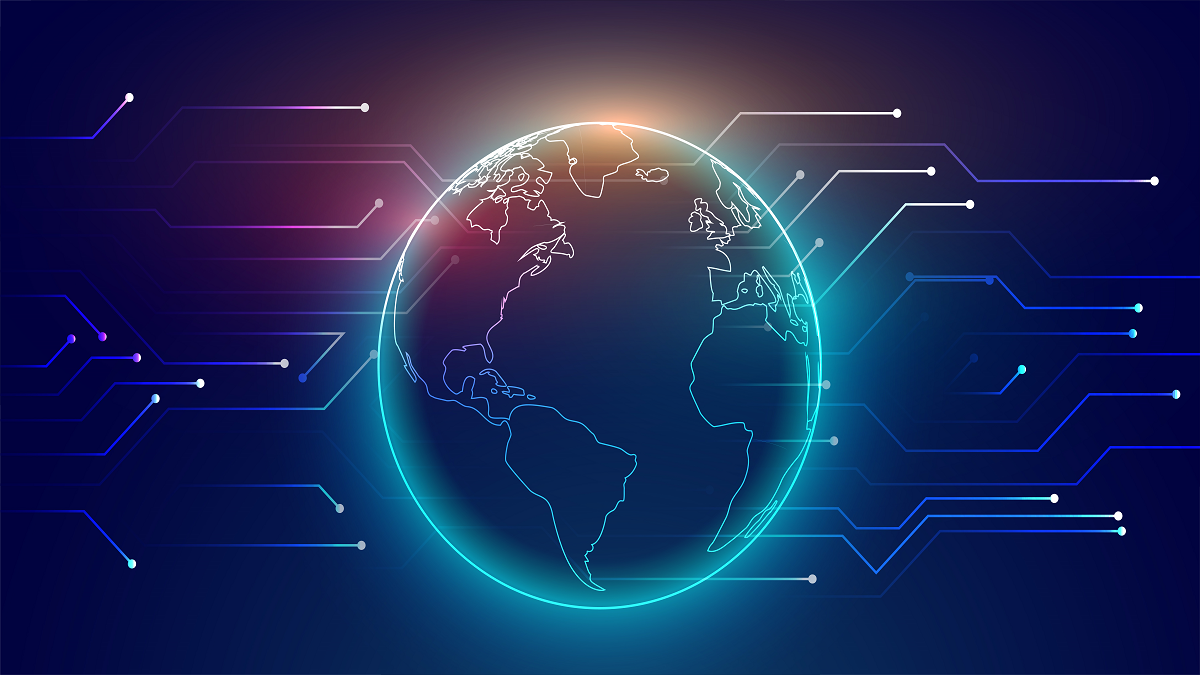Developing 4IR (Fourth Industrial Revolution) digital entrepreneurship involves a combination of technical, business, and soft skills. Here’s a list of training areas and skills that you should consider for the development of 4IR digital entrepreneurship:
Digital Skills and Technologies:
1. Artificial Intelligence (AI) and Machine Learning: Understanding the basics of AI and ML, their applications, and how they can be integrated into business processes.
2. Data Science and Analytics: Learning how to gather, analyze, and derive insights from data.
3. Internet of Things (IoT): Exploring how connected devices can be leveraged for innovative business models.
4. Blockchain: Understanding the fundamentals of blockchain technology and its potential applications in various industries.
Entrepreneurial and Business Skills:
1. Business Model Innovation: Learning how to develop and iterate on business models that incorporate technology advancements.
2. Lean Startup Methodology: Understanding how to build and test prototypes, gather customer feedback, and pivot as necessary.
3. Market Research and Validation: Conducting thorough market research to identify potential niches and validate business ideas.
4. Product Development: Learning how to manage the development of digital products or services, from concept to launch.
5. Pitching and Investor Relations: Developing the skills to create compelling pitches and attract funding from investors.
Tech Leadership and Management:
1. Project Management: Learning how to manage technology projects, teams, and resources effectively.
2. Agile and Scrum: Understanding agile methodologies for iterative and adaptive project management.
3. Team Collaboration: Developing skills for leading and collaborating with cross-functional teams.
Digital Marketing and Branding:
1. Digital Marketing Strategies: Learning how to use digital channels to promote products/services, including social media, SEO, and content marketing.
2. Branding and Online Presence: Developing a strong brand identity and establishing a meaningful online presence.
Ethics and Privacy:
1. Digital Ethics: Understanding the ethical implications of technology and data use, including privacy and security considerations.
Networking and Ecosystem Building:
1. Networking Skills: Developing interpersonal skills to build connections within the industry and with potential partners, investors, and mentors.
2. Ecosystem Building: Learning how to contribute to and thrive within the broader technology and startup ecosystem.
Continuous Learning:
1. Staying Updated: The 4IR landscape evolves rapidly, so fostering a habit of continuous learning is crucial. Engage in online courses, workshops, webinars, and industry events.
Mentorship and Incubation Programs:
1. Joining Incubators/Accelerators: Participating in startup accelerators or incubators can provide access to mentorship, resources, and networking opportunities.
